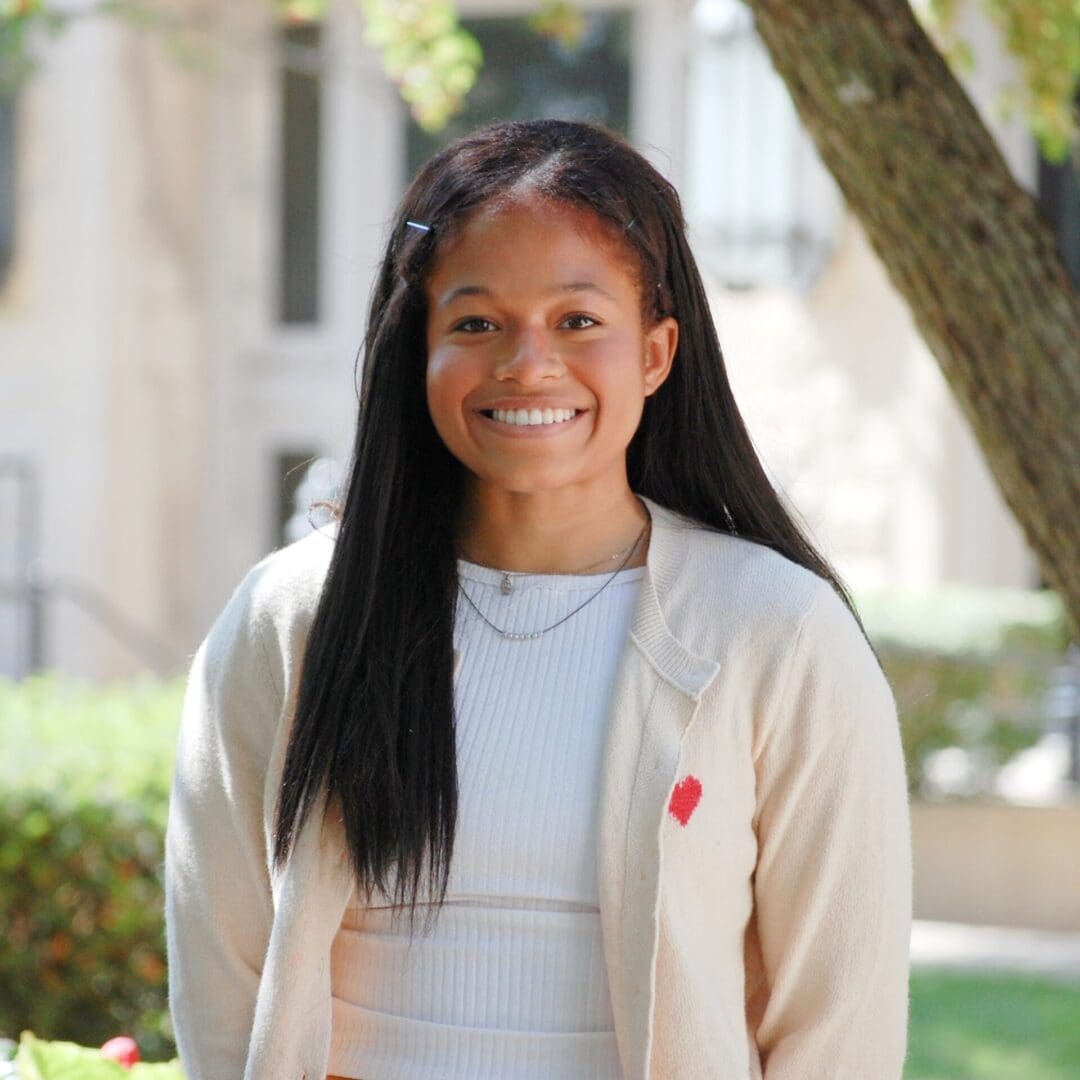In today’s digital age, couples are increasingly meeting via online, rather than relying on introductions from friends, family, or social events. Without the barriers of physical proximity, individuals seeking romantic relationships can tap into a bottomless pool of potential partners. That means, who we are around in real life, no longer limits who we can get to know. Although dating apps are intended to foster positive connections, they simultaneously allow us to conceal socially unacceptable behavior. Individuals unfortunately have the ability to exploit this anonymity, to mask certain harmful biases and prejudices . In the context of online dating, “individual preferences” can be a result of two things identified by researchers —either a lack of exposure to those different from us, or underlying biases. This prompts a crucial inquiry: Is there such a thing as “dating preferences” regarding race, or is that an attempt to eclipse discriminatory behaviors? The relationship between romantic decision-making and racial bias in the world of online dating is the focus of the recent research conducted by three scholars.
In, The Dating Divide: Race and Desire in the Era of Online Romance, the origins and implications of “digital-sexual racism” are discussed. Using qualitative reports from 77 interviews of online daters, and data pulled from millions of profiles on a major dating site in the United States, the topics of gender, sexuality, feminism, and racism were explored. Researchers and authors, Celeste Vaughan Curington, Jennifer H. Lundquist, and Ken-Hou Lin thoroughly dissect the role of race in our sexual behaviors. Describing their objective they write, “our aim is to call into question the naïve views that intimate racial preferences are natural, apolitical, and inconsequential. Indeed as we show throughout this book, societal forces that insist on a racial hierarchy of desire shape our intimate desires, whether or not we’d like to address that fact” (Curington et. al 2021 p.15).
They begin the discussion of their research through an extensive examination of the United States’ history regarding slavery, the civil rights’ movement, and segregation. Although the impact of race and racism cannot be contained within the words of one book, I appreciated the extent to which the history of courtship and racial justice was detailed by the authors.
Sexual selections were historically reliant on factors far outside of individual or passionate decision-making. In terms of marriage, our most vulnerable judgments were not personal, instead, they were a choice made for us by the state. “Sexual preference did not have to do with merely whom one desired. Rather, sex and reproduction were avenues by which property, citizenship, and propriety could be expanded to (or withdrawn from) individuals” (Curington et. al 2021 p.31). Concurrently, the emergence of dating coincided with a post-slavery America. During this time period, it was common for white Americans to intensely fear the concept of “intimate racial mixing”. These unjustified fears contributed to systemic biases favoring proximity to whiteness, particularly regarding romantic relationships. In other words, Black Americans were not only seen as undesirable by white Americans, but by any group hoping to further themselves as well. Racial mixing was so disparaged, that it was not until 1998 in South Carolina and 2000 in Alabama that these anti-miscegenation laws, or laws forbidding interracial intimate relationships, were no longer in effect (Curington et. al 2021 p.12). As a result, the dating hierarchy of the 20th century mirrors behaviors seen in intimate connections today.
Despite the appalling foundations that intimacy has in a racially segregated America, society has yet to distance ourselves from these biases. As a Black woman, what Curington and her researchers found was not entirely shocking to me. “Race cuts across gender and sexual orientation, playing a more fundamental role in our romantic lives than just about any other characteristic” (Curington et. al 2021 p. 214). Throughout my dating experiences, I have found myself questioning if a potential partner would even like my race. In social settings, I was often ignored because I was not as desirable as the white women next to me. While it was not always confirmed that this was a direct result of my race, when copious amounts of women of color have their own versions of these experiences, it becomes harder to overlook. Through my interactions with other women of color, I have personally found this sentiment to be far too common. The use of the authors’ qualitative research to explore these anxieties further is to be appreciated. A driving point of the book is that it is nearly impossible to live in a society with such historically racialized systems in place, and not enact these same behaviors, even subconsciously, in our own lives. Even if we are not aware of it, “one’s preferences for white partners are not so innocent as preferences for anchovies or avocados” (Curington et. al 2021 p. 15). When we chalk up a left swipe on an entire race as an “individual preference” we are normalizing and propelling harmful stereotypes. One of my favorite quotes from the book summarizes this concept best, “It is an oxymoron to describe racial preferences as individual because race is by definition a social construct, a manufactured distinction generated through the regulation of intimate life” (Curington et. al 2021 p. 13).
Keeping this definition in mind, the qualitative and quantitative data analyzed by the authors revealed numerous intimate, racial patterns. A selection of the central findings in the book are as follows:
- White males are statistically the most desired by all reported racial groups. Non-White females tend to prefer White men over their own racial group.
- White women are not as universally sought as white men. All non-White groups prefer dating women of their own racial group over White women.
- Black daters tend to be the most excluded by all non-Black groups. They are the least likely to receive messages or responses from other racial groups.
- White women exclude Asian men more than White men exclude Asian women. White men exclude Black women more than White women exclude Black men
- Latino men prefer Latina women the most, and White and Asian women are second. Latina women prefer White men the most, followed by Latino and Asian men. Both groups tend to ignore Black daters (Horowitz 2023).
The selected findings are only a portion of the concepts relating sexual racism. Curington and her team discuss a wealth of additional themes as a result of their research, especially concerning LGBTQ+ and multiracial daters. I encourage readers to explore these findings further if you are looking to expand your knowledge on the interaction between intimacy, sexuality, gender, and race.
When no one else is watching, what choices do we make? Online dating has the potential to be exceptionally revolutionary, yet it is still one of the only contexts in which it is acceptable to choose one race over another It is not the intention of the researchers, nor myself to condemn the preferences of dating individuals and how they choose to approach digital courtship. It might lead to more harm than rewards to overanalyze each partner you choose and determine whether your coupling was a subconscious act of racism. Instead, it is important to understand what exactly is going on in our dating apps and how our biases may play a role in our connections. When we critically examine why we make the decisions that we do, we are able to explore our romantic relationships with more sincerity and intention.
References
- Curington, C. V., Lundquist, J. H., & Lin, K.-H. (2021). The dating divide: Race and desire in the era of online romance. University of California Press.
- Horowitz, M. (2023). The dating dupe―the limits of biosocially unfriendly sociology. Journal of Controversial Ideas, 3(2), 1. https://doi.org/10.35995/jci03020004
Hi! My name is Jordyn Saddler and I am a sophomore attending Northern Illinois University. I am currently majoring in Human Development and Family Sciences with an emphasis in Family Social Services. I not only am a part of Dr. Sibley’s research team but the NIU Women’s Soccer Team as well! I plan on graduating in May of 2025 with goals of becoming a social worker!











